Estimated reading time: 9 minutes
Are you facing challenges getting your new fur-friend to use a fresh litter box? It’s a common issue, particularly since cats are creatures of habit who don’t always welcome changes in their environment.
This article will guide you through simple yet effective strategies on how to comfortably get your cat accustomed to a new litter box, helping maintain cleanliness and peace at home.
Key Takeaways
- Gradually transition your cat to a new litter box by mixing small amounts of the new litter with their old one.
- Provide multiple litter boxes, especially if you have more than one cat, to maintain cleanliness and prevent conflicts.
- Reward your cat when they use the new litter box to create a positive association.
- Keep the litter box clean by scooping waste daily and completely changing the litter every 1 – 2 weeks.
Reasons for Switching to a New Cat Litter Box
Control variables
Control variables are things that are the same in your cat’s life. These might be the type of food they eat or how many toys they have to play with. It’s important not to change too much at once when you’re trying to get your cat to use a new litter box.
You want them to feel safe and know what is going on around them. If there are too many changes at once, it can make your cat scared or upset. And then, using a new litter box will be even harder for them.
So always think about control variables and try not to shake up their world too much all at one time.
From unhooded to hooded/enclosed
Switching your cat’s litter box from unhooded to hooded can be a big change. This new box style covers the litter, making it private for your cat. But not all cats like this type of box right away.
Some cats may love their new private litter box right away. Other cats might need time to get used to it. Keep an eye on how your cat uses the new box. If they seem unhappy or won’t use it, you may need another plan.
Thinking outside the box
Switching to a new litter box may seem tough. You have to think outside the box! Cats love old habits. But, don’t worry. Keep their old type of litter at first. This helps your cat get used to their new place in comfort.
Then slowly mix new litter with the old stuff in the new box. Make sure you keep it clean too! Dirty boxes make cats unhappy. So, cleaning it every day can help them like it more.
Knowing when it’s not your cat, it’s the box
Sometimes, when your cat refuses to use the litter box, it’s not because of something you did wrong. It could be that the box itself is the problem. Cats are picky about their bathroom habits, and if they don’t like the size, shape, or location of the litter box, they may choose to go elsewhere.
So before blaming yourself or your cat for accidents outside the box, consider if there’s anything about the box that might be causing an issue. Maybe it’s too small for your cat to comfortably move around in or maybe it’s in a noisy or busy area of your home.
By understanding when it’s not your cat but rather the box that needs adjusting, you can find a solution that works for both of you.
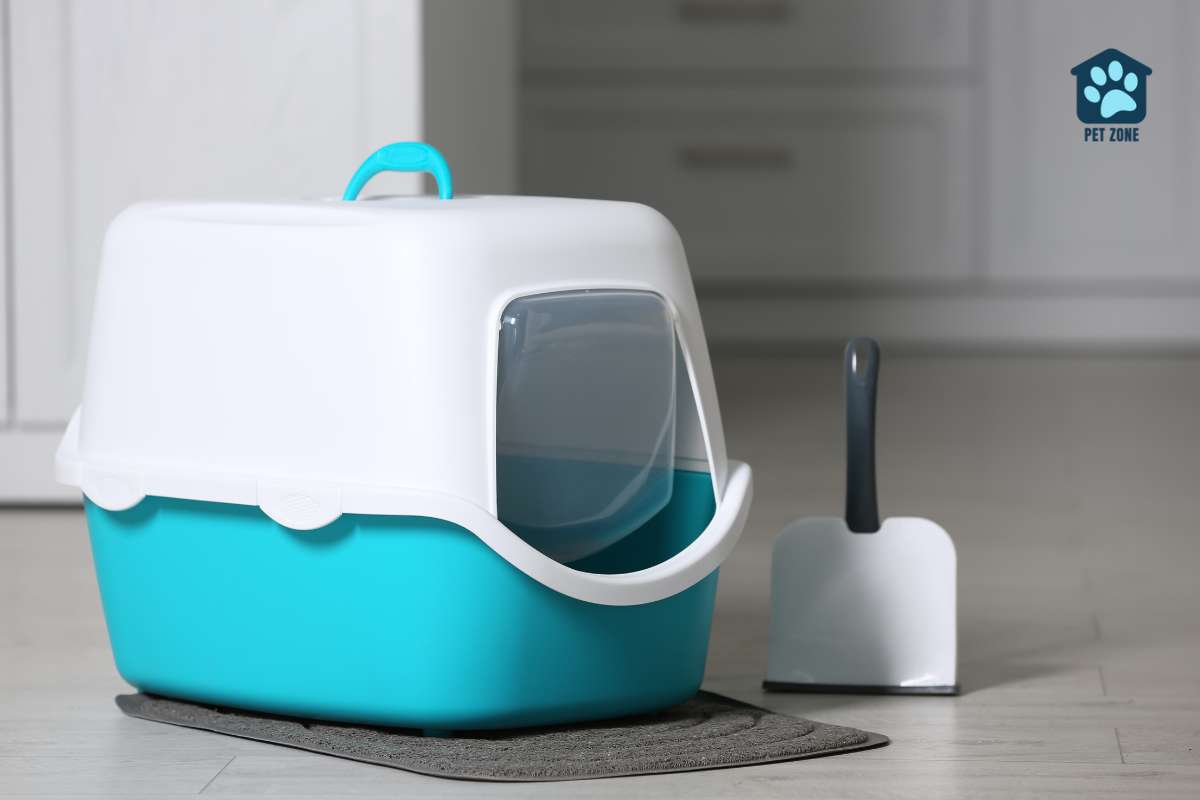
Steps to Introduce a New Litter Box to Your Cat
Preparing the new litter box
When preparing the new litter box for your cat, there are a few things you should keep in mind. First, make sure to choose a good location for the box. Cats like privacy, so pick a quiet spot away from high foot traffic areas.
Also, be sure to place the new box exactly where the old litter box was located to help your cat easily find it.
Next, fill the litter box with an appropriate amount of litter. Cats like to cover their messes, so make sure there is enough litter for them to do so comfortably. It’s also important to use the same type of litter that your cat is used to using.
Switching up the texture or scent of the litter too much can confuse and upset your kitty.
Lastly, remember to clean the litter box regularly. Cats are clean animals and will avoid using a dirty or smelly box. Scoop out any waste daily and completely change the litter at least once a week.
Slowly transitioning with mix-ins
Transitioning your cat to a new litter box can be done slowly and smoothly by using mix-ins. This means gradually mixing the new litter with the old one that your cat is familiar with.
It’s important to go slow and steady when making changes for cats, as they are creatures of habit. By adding a little bit of the new litter each day and gradually increasing the amount over time, your cat can get used to the change without feeling overwhelmed.
This method allows them to adjust at their own pace while still getting accustomed to the new litter box. So take it easy and use mix-ins to ease your cat into using their new litter box comfortably!
Providing multiple litter boxes
It is important to provide multiple litter boxes for your cats, especially if you have more than one cat. Having multiple litter boxes helps prevent overcrowding and disputes between cats.
It is recommended to have one litter box per cat, plus an extra box. This not only avoids conflicts but also ensures cleanliness and hygiene. Cats like to have their own space when it comes to using the litter box, so having enough boxes allows them to do so comfortably.
By providing multiple litter boxes, you can help maintain a clean environment for your cats and reduce the chance of them stepping on other cats’ waste. Regular cleaning and maintenance of the litter boxes are also crucial in ensuring that your cats continue using them without any issues.
Rewarding your cat for using the new box
Rewarding your cat for using the new litter box is an important step in helping them adjust to the change. When your cat successfully uses the new box, make sure to give them treats or praise as a reward.
This positive reinforcement helps to reinforce good behavior and encourages your cat to continue using the new litter box. Remember, it’s essential to focus on rewarding your cat instead of punishing them for any accidents or reluctance to use the new box.
By providing rewards and creating a positive association with the new litter box, you can help your cat transition smoothly and happily.
Common Issues and Solutions
Cat refusing to use new litter box
If your cat refuses to use the new litter box, there could be a few reasons why. First, make sure the litter box is clean and scooped regularly. Cats don’t like using dirty or smelly litter boxes.
Second, consider the type of litter you’re using. Some cats have preferences for certain textures or scents. Third, check if there are any health issues that may be causing your cat’s aversion to the new box.
If none of these factors seem to be the problem, it might just take a little more time and patience for your cat to adjust to the new setup. Remember to provide positive reinforcement and rewards when they do use the new litter box.
Tips for keeping the litter box clean
Keeping the litter box clean is important to encourage your cat to use it. Here are some tips:
- Scoop the litter box at least once a day to remove any waste.
- Completely change the litter and clean the box every 1 – 2 weeks.
- Use a litter mat or tray under the box to catch any litter that gets kicked out.
- Avoid using strong – smelling cleaning products, as cats may dislike the scent.
- If your cat has accidents outside of the box, clean those areas thoroughly with an enzymatic cleaner to remove all traces of odor.
- Consider using a covered litter box with a removable lid for easy cleaning and to minimize odors.
- Provide enough litter in the box so that your cat can comfortably dig and bury their waste.
- Place the litter box in a quiet and easily accessible area where your cat feels comfortable using it.
Transitioning to a covered litter box
To transition your cat to a covered litter box, start by placing the new box next to the old box. This allows your cat to become familiar with its presence. Over time, move the new box further away from the old one until it is in its desired location.
Use treats and praise to encourage your cat to use the new box, and consider adding another litter box if needed. Cats have a strong instinct to find and use their litter boxes, so they should be able to adjust well to a new covered litter box with some patience and positive reinforcement.
Ensuring your cat is happy with the new litter box
To ensure your cat is happy with the new litter box, it’s important to make a few adjustments. First, clean the litter box regularly using mild dish detergent, as harsh cleaning products can turn your cat off.
Also, avoid changing the type of litter abruptly, as cats prefer consistency. Gradually transition to a new litter by mixing it with the old one over time. Additionally, place the new litter box in a quiet and private area that your cat feels comfortable in.
By following these steps, you can help your cat adjust to the new litter box and keep them happy.
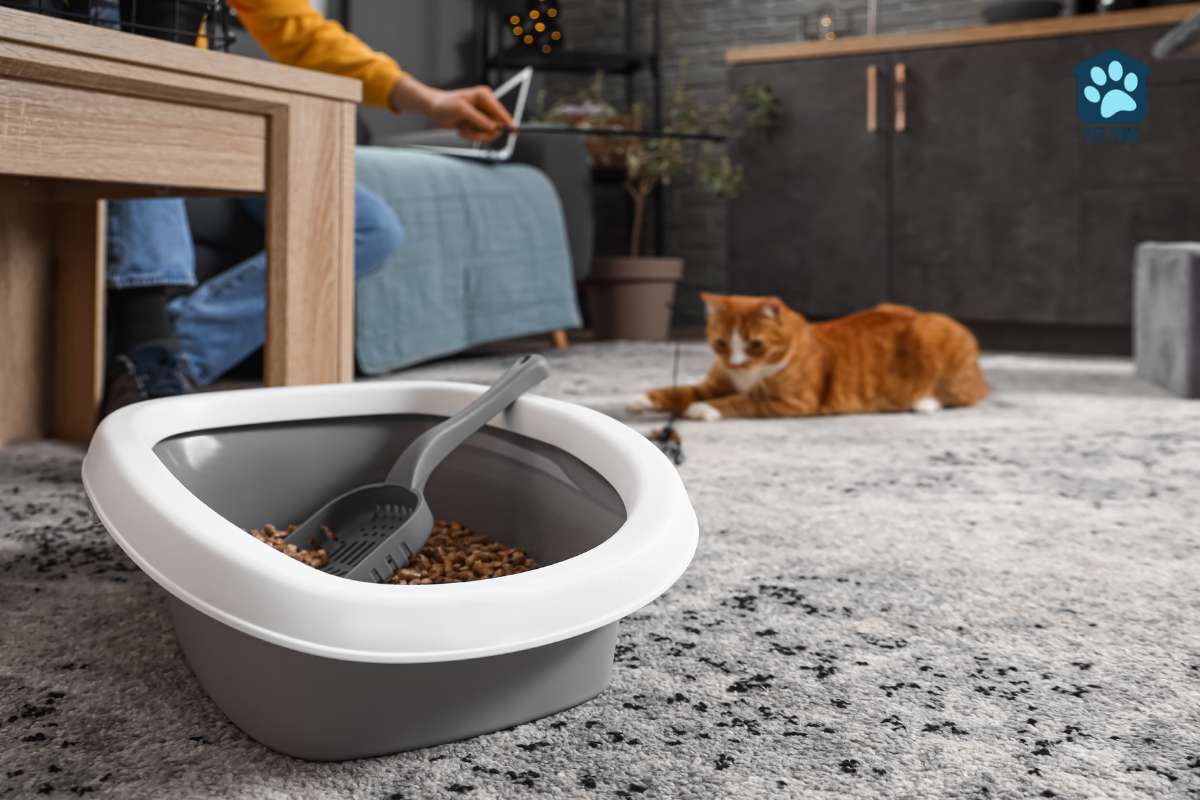
Conclusion
Introducing a new litter box to your cat can be done successfully with some patience and consistency. By following the steps outlined in this blog, you can help your cat adjust to the new box and ensure their comfort and cleanliness.
Remember to keep the location consistent, clean the litter regularly, and make any necessary modifications based on your cat’s preferences. With time and positive reinforcement, your cat will happily use their new litter box!
As an Amazon Associate I earn from qualifying purchases.
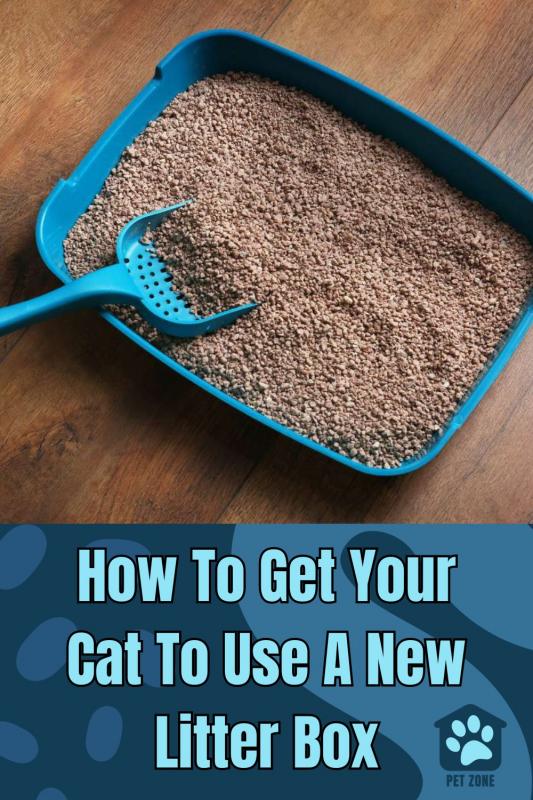


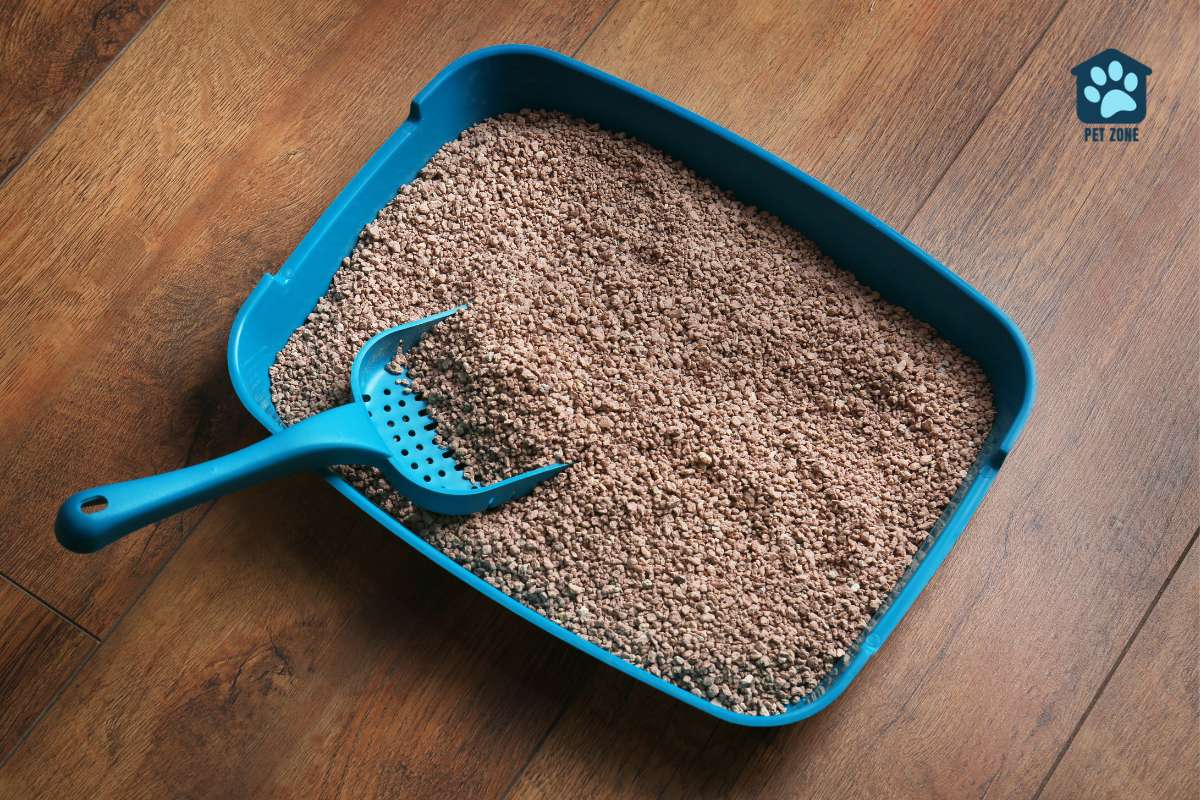
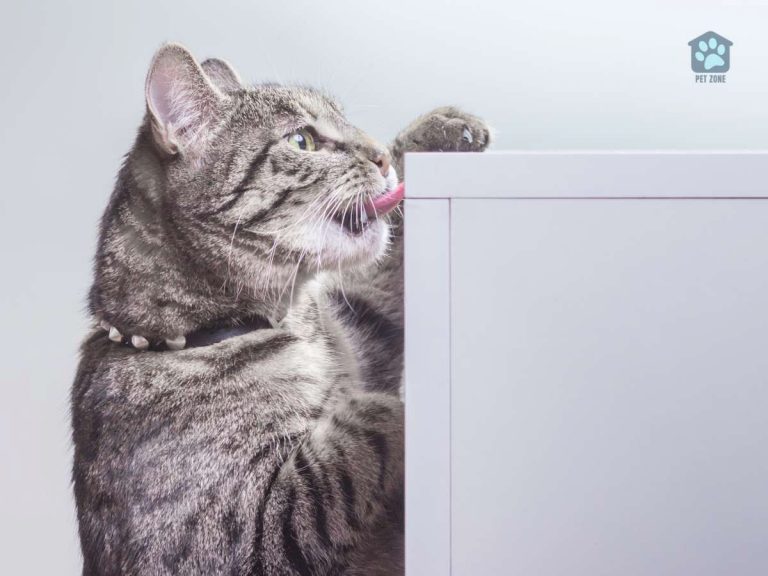
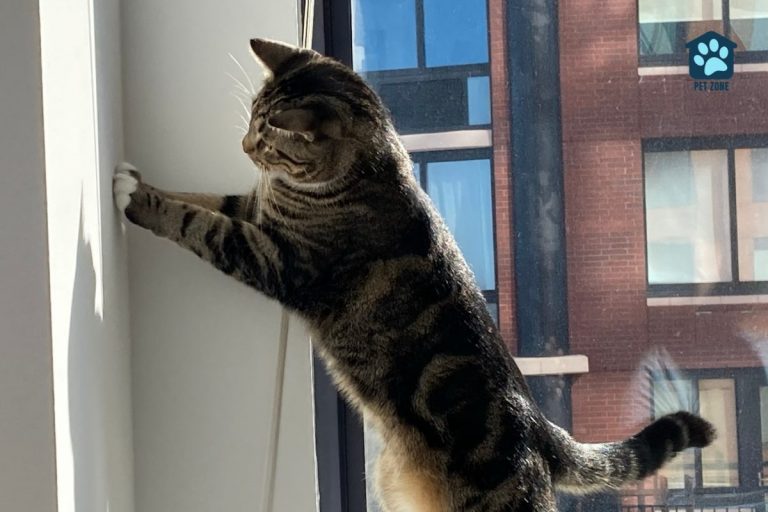
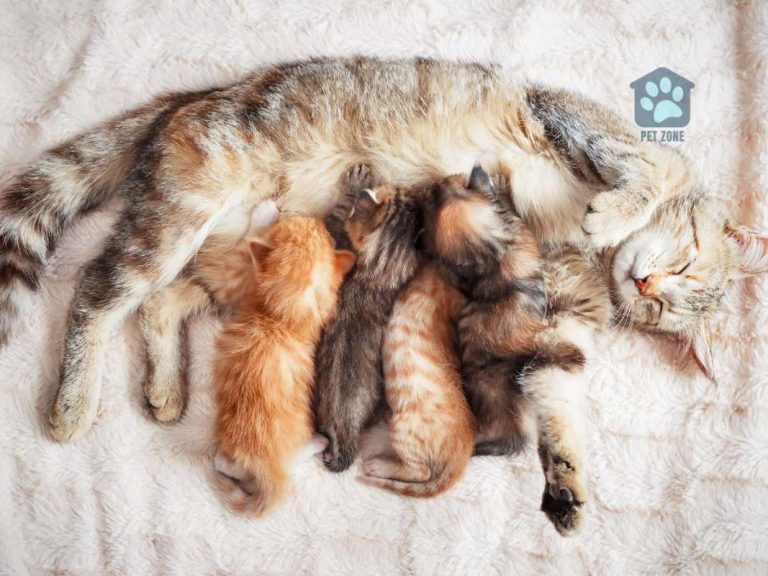

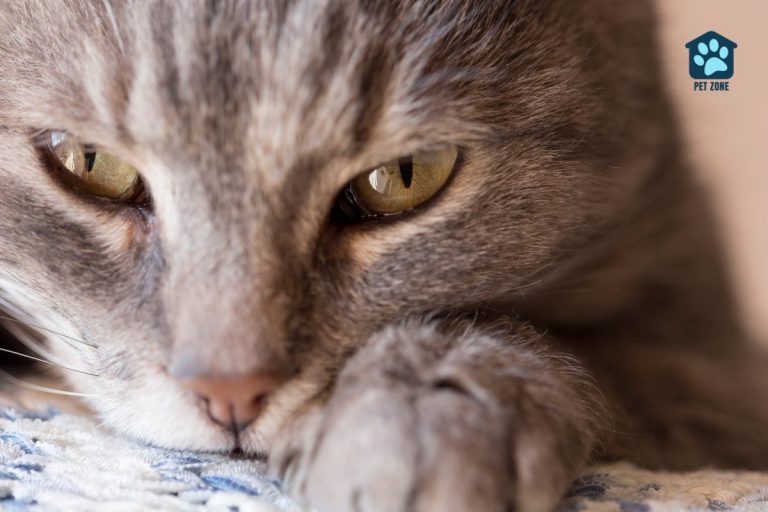
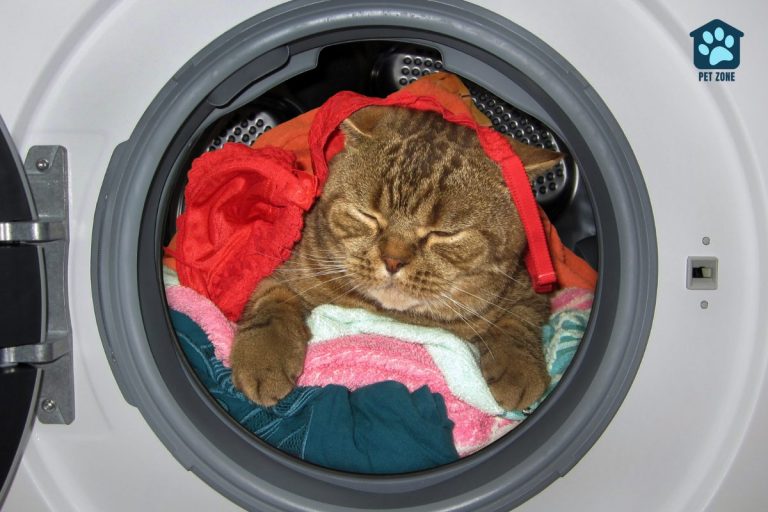
These are all great tips on trying to get a cat to use a new litterbox. One day I decided to use some baking soda in the litterbox to help with the odor. I guess I used too much and the cat went on the floor instead. I learned to use only a tiny bit and mix it in. Cats can be very particular!